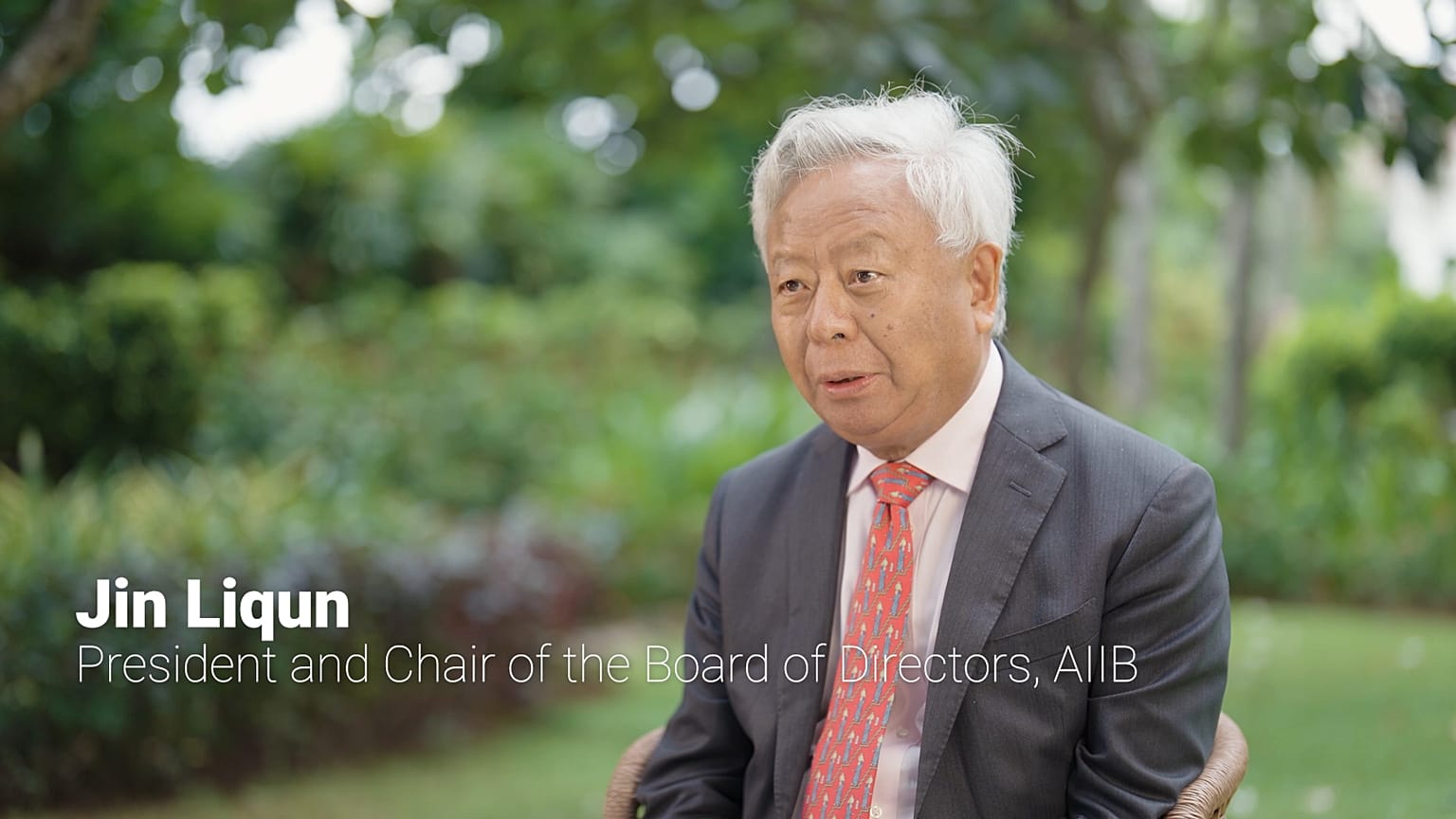As AIIB marks its 10th anniversary, few partnerships reflect its mission of financing infrastructure for tomorrow — with sustainability at its core — as clearly as its work in Sri Lanka.
Since it started operations in 2016, the Asian Infrastructure Investment Bank (AIIB) has grown into an international institution with over 100 members and become a pillar of the global development landscape.
The Beijing-based multilateral development bank has invested upwards of USD 64 billion in 338 projects across 39 economies. As well as a focus on connectivity, technology-enabled, renewable energy, and digital infrastructure, the bank has in recent years expanded to tackle cross-border climate risks and biodiversity protection, with over half of its total financing supporting green projects.
The bank’s founding partnership with Sri Lanka serves as a model for how a 21st-century development bank can work together with members to build climate resilience, modernise infrastructure and speed up social and economic recovery.
From recovery to resilience
Since the beginning of its partnership, AIIB has approved over USD 530 million in financing for supporting Sri Lanka across energy, urban renewal and disaster resilience.
Each project that AIIB undertakes in partnership with Sri Lanka supports the country’s national strategy to accelerating the shift to renewable energy and climate resilient infrastructure. Together, these efforts strengthen long-term resilience to structural vulnerabilities and shocks – whether geographic, climatic, or financial.
Since 2022, more than half of the Bank’s regular approved financing each year has been directed to climate-focused projects – supporting infrastructure that mitigates climate change and enhances resilience to its impacts – while also maximising benefits for nature and biodiversity conservation.
From vulnerability to readiness: Safeguarding lives and livelihoods
Among AIIB’s projects in Sri Lanka, the Reduction of Landslide Vulnerability by Mitigation Measures Project remains one of its most visible. Approved in 2019, it aims to protect lives and critical assets in Sri Lanka’s central highlands — where steep slopes and intense rainfall make landslides a perennial threat.
Through the construction of retaining walls, slope stabilisation and drainage systems, the project aims to reduce landslide risks and is expected to directly benefit more than 200 affected areas and 1 million residents.
The project has already safeguarded vital public institutions such as the National Hospital of Kandy’s School of Nursing and Kandy’s Girls’ College, which previously faced closures during heavy rain due to safety risks.
“Just before the bank came to help us, we had a massive landslide. Luckily, there were no casualties, but two of our buildings were extensively damaged,” said Dr Iresha Fernando, Director of the National Hospital Kandy. “We are really grateful to AIIB for the funding and the opportunity to mitigate landslide-prone areas at our school, making a safe area for our trainee nurses and doctors.”
The project also stabilised vulnerable sections of the main railway line connecting Kandy to surrounding regions. According to a railway representative, the work has helped reduce the risk of track damage and ‘slow failures’ after landslides that once disrupted services for weeks.
The Assistance Principal of the Girls’ School in Kandy, N. A. Nanayakkara, said: “Before this project, heavy rain meant we had to close the school. Today, with the project’s support, we can continue classes with confidence and feel much safer.”
By reinforcing critical infrastructure and protecting essential public services, the project is strengthening community resilience and safeguarding development gains in Sri Lanka’s most vulnerable regions. From hospitals and schools to vital transport links, AIIB’s support is enabling essential institutions to operate safely, especially amid escalating climate challenges.
Beyond mitigation: green growth and digital futures
AIIB’s aspirations extend even beyond this. In discussions with the Sri Lankan president earlier this month, the AIIB leader explored plans to strengthen the digital economy, build resilient green infrastructure, and invest in education and health as part of the country’s social infrastructure.
“Health and education are very much important,” AIIB President Jin Liqun stated. “We have demonstrated our willingness, adaptiveness and responsiveness to work with the government and the people to improve economic growth.”
“We are planning to work with the government to convert gas- or diesel-driven buses to electric vehicles” to “accelerate green energy transition in this country,” said Jin.
For now, the bank’s focus remains on transportation, renewable energy, electricity generation and transmission, prioritising large infrastructure projects. Recently approved projects such as the USD 52 million loan for the Kerawalapitiya–Port L Second Transmission Line Project exemplify this. Signed in 2025, the project will connect Colombo’s grid via a new 220-kilovolts (kV) underground cable, integrating renewable power and stabilising electricity transmission to help meet rising demand.
Rajat Misra, Director General of Public Sector Clients Department (Region 1) at AIIB, stated: “This marks AIIB’s first energy-sector project in Sri Lanka, reflecting our strong commitment to supporting the country’s power infrastructure and energy transition.”
“By enhancing grid stability and ensuring reliable electricity supply,” he continued, “the project will deliver lasting economic and social benefits for Sri Lanka, while reinforcing its path toward sustainable growth and resilience.”
The decade ahead
Over the past decade, AIIB has supported its members through times of challenge and change – helping them move from crisis response toward long-term, sustainable growth. In countries like Sri Lanka, the Bank’s financing has provided both stability and confidence, demonstrating how development lending can adapt to members’ evolving needs.
As AIIB enters its second decade, the Bank is increasingly positioning itself not only as a financier but as a catalyst for sustainable growth. From green energy corridors in Central Asia to urban resilience projects in Southeast Asia, AIIB’s ambitions are clear: to finance infrastructure for tomorrow that connects economies, empowers communities and withstands the pressures of a changing climate.
The Bank believes that the infrastructure financed today will benefit communities and serve societies for generations. AIIB’s next chapter promises even greater impact, innovation and inclusive growth across Asia and beyond.


